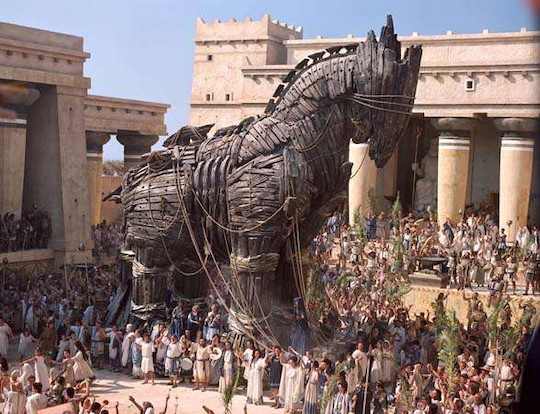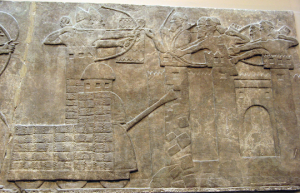The most famous war in history, The Trojan War, took place around the year 1300 BCE. During this war, the impenetrable Troy fell before Greece, after 10 years of siege. When the conquering Greeks were close to victory, Achilles, their most famous warrior, was killed.
The path to victory began when Odysseus, who was being instructed by Athena (the goddess who gave the olive tree to humanity), conceived the plan of building a giant horse made of olive wood and hiding his best warriors inside. The ever famous Trojan Horse was built in the Anatolian region, where the olive tree originates from. With the wood and help from Athena, the fabulous plan was devised that ended up piercing the indestructible Trojan defensive walls.
The first known stories of this event, mythically or historically speaking, can be found in literature dating back to 500 BCE. As stated in the Odyssey, «… sings about the wooden horse (olive tree) that Epeo built with Athena and that the divine Odysseus took to the acropolis as a deception, filling it with the men who destroyed Troy …» (Homer, Odyssey VIII, 492-495).
On the other hand, of the the most important representations of the Trojan Horse can be found on a storage jar from Mykonos, Greece dating to the 7th century BCE. Other creations in the Archaic Period include a bronze brooch from Beocia and fragments of pottery coming from Athens and Tinos that have a similar design and may be based on much earlier prototypes, like the Assyrian war devices, which possessed wheels and windows and had zoomorphic and four-footed design styles. Warriors put these up in the center of the machines and used their elevated towers to climb up defensive walls, while others had battering rams in the bottom part.


